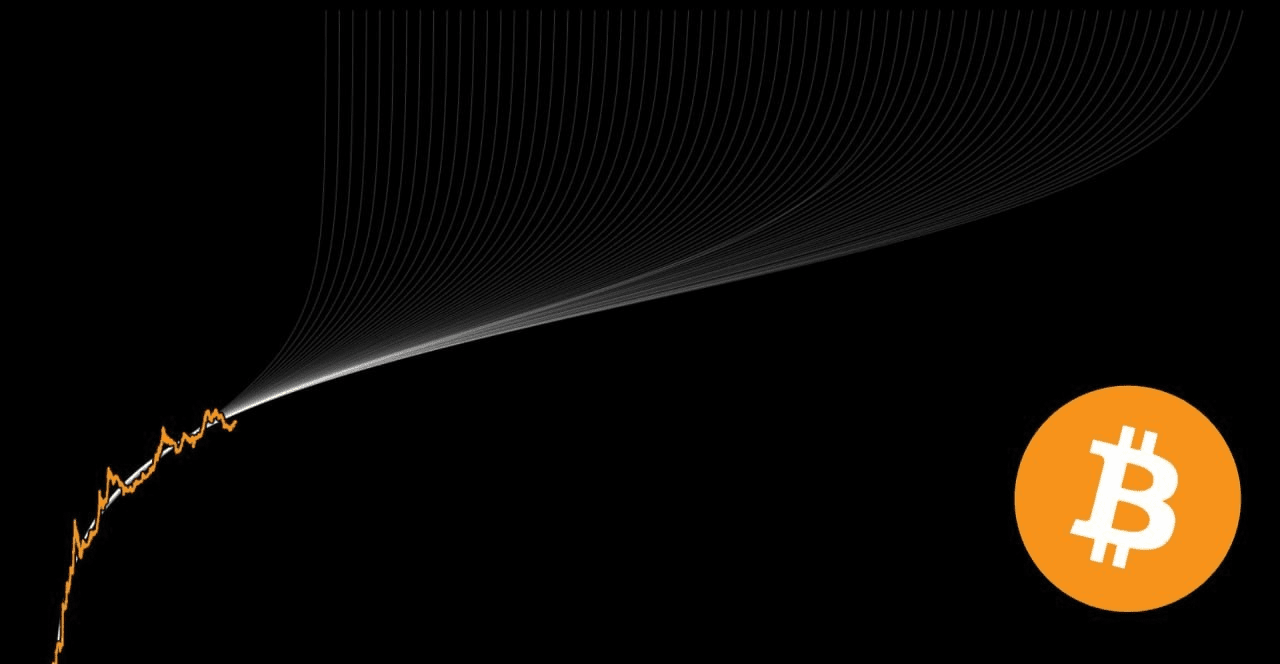The Nasdaq hit a new high this week. I am increasingly skeptical that the Federal Reserve will not cut interest rates this year. Even if it does, it will be a very small amount, better than nothing, and just a soothing measure.
From three interest rate cuts in 2024 at the earliest, to two, and to a maximum of one.

No matter how high-sounding the reasons given by the Fed are, its actions can be summed up in one sentence: no interest rate cuts now.
Many people say that the United States will cut interest rates and U.S. stocks will fall after the election.
This statement is essentially putting the cart before the horse.
Let’s simply build a model that only considers the price of funds.
Suppose there is a village where the most important water source (US dollar liquidity) is monopolized by the Federal Reserve. Villagers from various countries, including the United States itself, need to obtain water (liquidity) from the Federal Reserve if they want to irrigate their farmland. The US dollar and US bonds are the intermediaries for transactions between the villagers and the Federal Reserve.
Villagers exchange their crop profits for US dollars, and use part of them to buy water (trading in US dollars as a tax on harvested water) to continue irrigation.
Since the villagers cannot exchange all their profits for water (US dollars), otherwise the farmland will be flooded (countries that issue currencies based on the US dollar will experience inflation. Pay attention! The United States issues its own currency solely based on credit! In short, do whatever you want!).
So the villagers store their excess profits in the United States in the form of U.S. Treasury bonds, and the United States promises to pay interest on this savings to ensure that the villagers can exchange it for equivalent water flow (liquidity) and fertilizer (energy) in the future.
At the same time, the United States also provides another place for excess liquidity, that is, villagers can use their unused water to water beautiful trees (invest in US stocks), with rich returns and self-borne risks.
Due to the war and the Federal Reserve's previous excessive water printing, the United States' own crops were almost flooded. At the same time, due to the war, fertilizer prices rose again. Villagers were increasingly unwilling to use U.S. bonds to store liquidity and turned to gold, energy and other currencies.
If everyone exchanges their U.S. debt for U.S. dollars, and then uses the U.S. dollars to exchange for energy, the U.S. dollar will immediately become worthless paper, and the whole world will experience hyperinflation (a certain major country took the lead in selling U.S. debt in the past two years, which was a blow to the United States, but this is an outcome that all villagers do not want to see, because everyone has U.S. debt in their hands).
In order to avoid this situation and maintain the monopoly of water flow (dollars), the Federal Reserve recovered liquidity by raising interest rates to stabilize the price of water flow. Although the short-term water cost of the United States has also increased, because people borrowed a lot of water when the interest rate was 0 before, liquidity was abundant, and the beautiful tree grew well. Other villagers saw the generous returns of the beautiful tree and also exchanged their liquidity for dollars and flowed into the U.S. stock market. The second-hand dealers of American liquidity (financial industry) made a lot of money, the water flow was no longer flooded, and the price remained stable at a high level. Although there is a shortage of water flow in some parts of the United States, as long as the beautiful tree continues to grow, there will be a steady flow of water.
In this simple model, we can roughly see that
The role of the Federal Reserve is similar to that of a “liquidity provider”.
The role of the U.S. stock market is similar to the “Liquidity Recovery Station in the U.S.”
Central banks of various countries that hold U.S. debt are like "international liquidity recycling stations."
The U.S. stock market has stopped rising, which means that the world's excess liquidity has been almost recovered.
Only then will the Federal Reserve consider how to control the flow of water based on the situation of the U.S. stock market.
If the U.S. stock market collapses, the Federal Reserve will undoubtedly immediately release money at zero interest rates to support it. Refer to the U.S. stock market circuit breakers during the epidemic two years ago, when the Federal Reserve continued to implement unlimited QE at zero interest rates.
If the U.S. stock market falls slowly, the Federal Reserve will slowly cut interest rates, eventually achieving a soft landing for the U.S. stock market.
Now that Europe has cut interest rates before the Federal Reserve, liquidity in the U.S. stock market has been replenished and the U.S. stock market can continue to rise.
The Federal Reserve's constant promise of a rate cut may be a long way off. In fact, this verbal promise of a rate cut is just a pale appeasement to various dissatisfied voices.
After all, many countries with low savings rates have begun to experience liquidity crises and trends of exchange rate collapse.
From the perspective of the debt cycle, the United States is now in the bubble stage of an inflationary debt cycle.
Note: Although bubbles will definitely disappear, what the Federal Reserve cares about is the process of bubble disappearance.
It can slowly get smaller, but it must not explode. #美联储何时降息? $BTC $ETH






